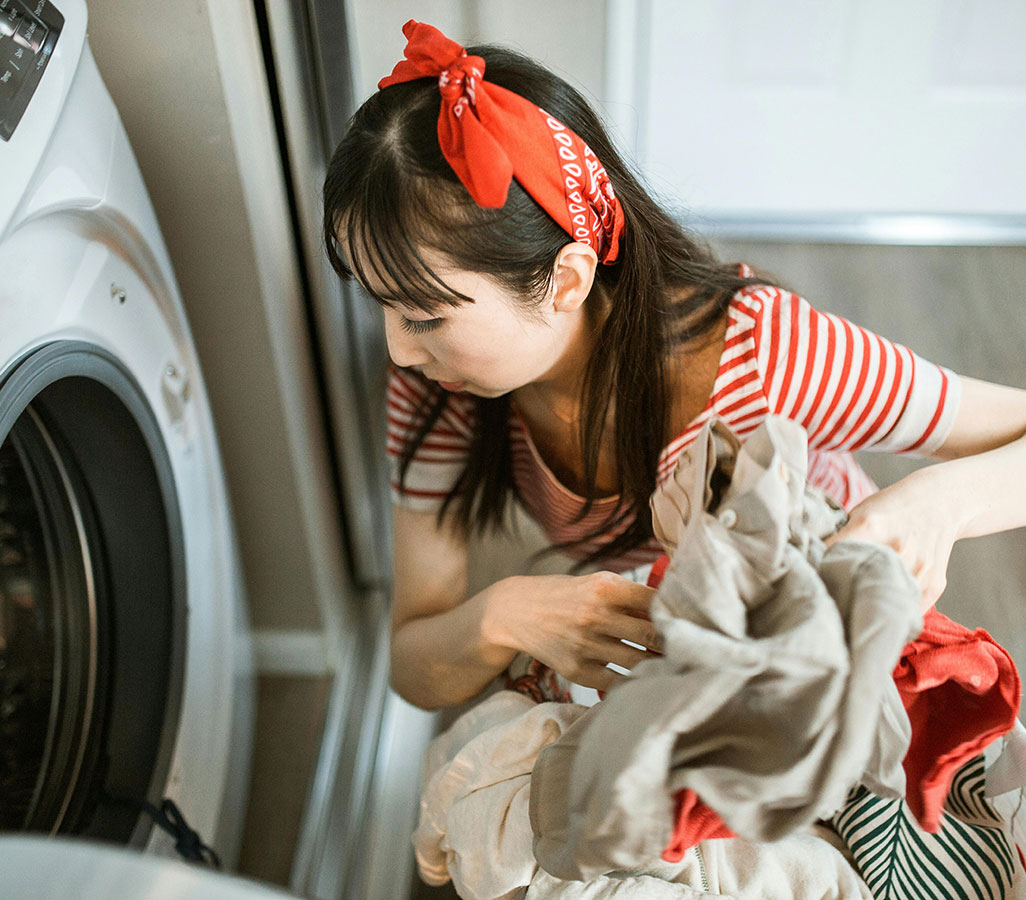Believe it or not, living more sustainably doesn’t have to require a complete lifestyle overhaul or significant financial investment. With thoughtful changes to daily routines and gradual improvements to your home, you can reduce your environmental impact whilst often saving money in the process.
Here are practical ways to make your home more sustainable and environmentally friendly.
Energy Efficiency: The Foundation of Sustainable Living
The most impactful changes often begin with how we use and generate energy. Making simple adjustments to your energy consumption can significantly reduce your carbon footprint.
Start by switching to LED light bulbs throughout your home, which not only use up to 80% less energy than traditional incandescent bulbs but also last significantly longer than their old-school counterparts.
Unplugging electronics when not in use is also an easy switch to make, and this eliminates phantom energy drain, which can account for up to 10% of your electricity bill.
Consider upgrading your thermostat to a programmable or smart model that automatically adjusts temperature based on your schedule and lifestyle. Heating and cooling typically represent the most significant portion of home energy use, so even minor temperature adjustments can yield substantial savings. For example, setting your thermostat just two degrees lower all year round can reduce energy consumption by up to 2,000 pounds of carbon dioxide annually.
Harness Solar Power
Installing solar panels on your home represents one of the most significant steps towards sustainable living. Solar panel systems are becoming more affordable and efficient, with many homeowners seeing a return on investment within 6 to 10 years. Modern solar installations can generate enough electricity in certain seasons to power your entire home and, on really sunny days, can even create excess energy that can be sold back to the national grid through the SEG scheme.
Water Conservation: Small Changes, Big Impact
Saving water requires minimal effort but delivers significant environmental benefits. In the bathroom, installing low-flow showerheads and taps can reduce your water usage by up to 50% without compromising overall performance. Leaking taps are not only annoying but did you know that just one single dripping tap can waste over 3,000 gallons of water annually? So get them fixed as soon as you can!
In the kitchen and utility areas, run dishwashers and washing machines only with full loads. Consider upgrading to high-efficiency appliances when replacements are needed. These appliances use significantly less water and energy whilst providing superior cleaning performance.
Sustainable Food Practices
Your kitchen offers numerous opportunities for sustainable living. Start a compost bin for organic waste, transforming food scraps into nutrient-rich soil for gardens. Composting reduces landfill waste whilst creating valuable fertiliser for plants.
Growing herbs and vegetables, even in small spaces, reduces packaging waste and transportation emissions associated with store-bought produce. Windowsill herb gardens or container vegetables on balconies can provide fresh ingredients whilst connecting you with your food sources. When shopping, opt for locally sourced and seasonal produce whenever possible, and bring reusable bags to reduce single-use plastic waste.
Waste Reduction and Recycling
Adopt a “reduce, reuse, recycle” mindset throughout your home. Before purchasing new items, consider whether you truly need them or if existing items can serve the purpose. Repurpose containers, furniture, and materials for new uses rather than discarding them.
Establish clear recycling systems in your home, ensuring all family members understand what materials can be recycled in your area. Many communities accept a broader range of materials than residents realise, including electronics, batteries, and textiles, through specialised programmes.
Green Cleaning and Household Products
Replace harsh chemical cleaners with environmentally friendly alternatives. In fact – many effective cleaning solutions can actually be made from household items you may already have in the cupboards, such as vinegar, baking soda, and lemon. These natural cleaners are safer for your family and the environment whilst being significantly less expensive than commercial products.
If you don’t feel like cooking up your own concoctions, opt for household products with minimal packaging and concentrated formulas that minimise transportation emissions. Many companies now also offer refillable options for cleaning products, soaps, and even personal care items.
Transportation and Lifestyle Integration
Whilst focusing on home sustainability, consider how your transportation choices complement your environmental efforts. Walking, cycling, or using public transportation like buses or metros for short trips reduces emissions and often provides health benefits. When driving is necessary, combining errands into single trips improves efficiency.
Getting Started
Begin with one or two changes that align with your budget and lifestyle. Sustainability is a journey, not a destination, and small, consistent actions can create a lasting impact. Track your progress through utility bills and waste reduction to stay motivated and identify areas for improvement.
Start today with simple steps, and gradually incorporate additional sustainable practices as they become routine. Remember, your efforts, combined with those of others, create meaningful positive change for our planet’s future.
